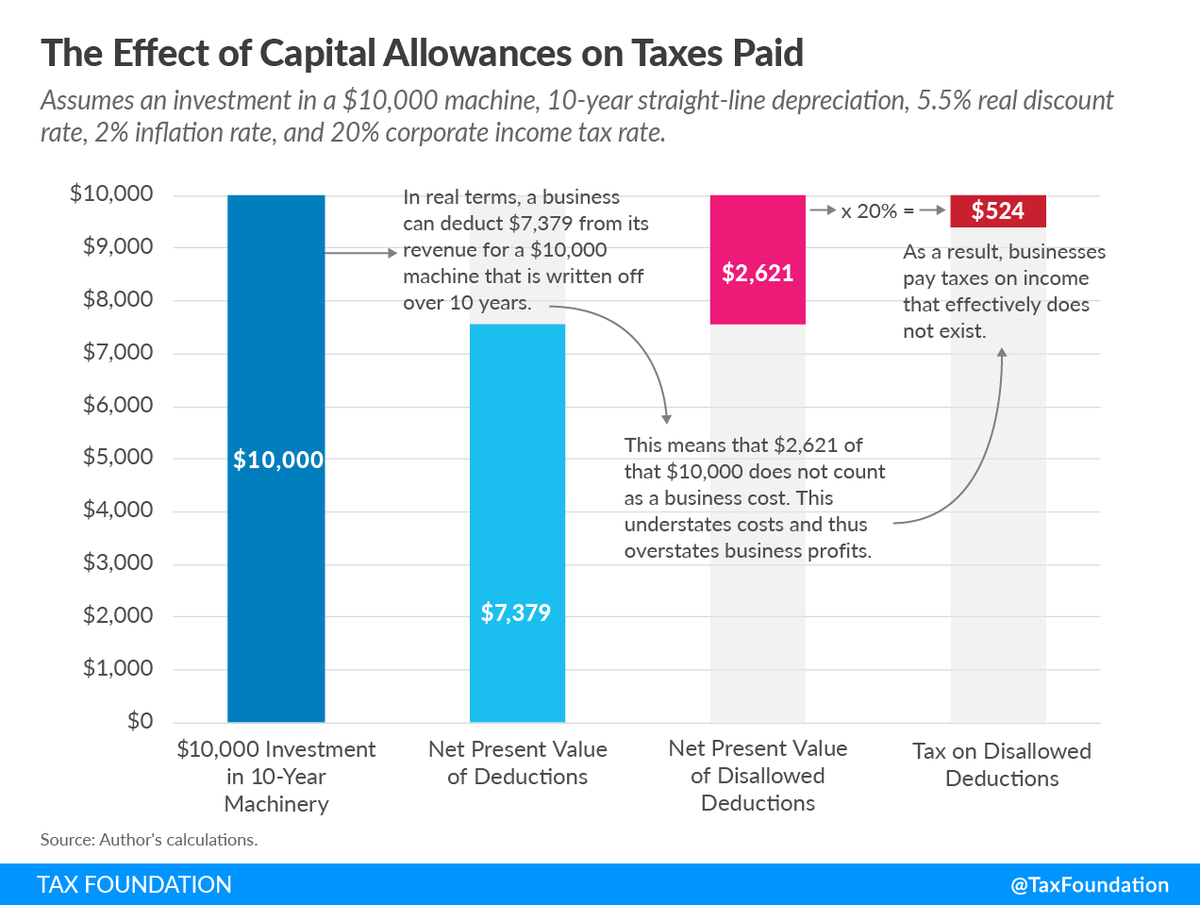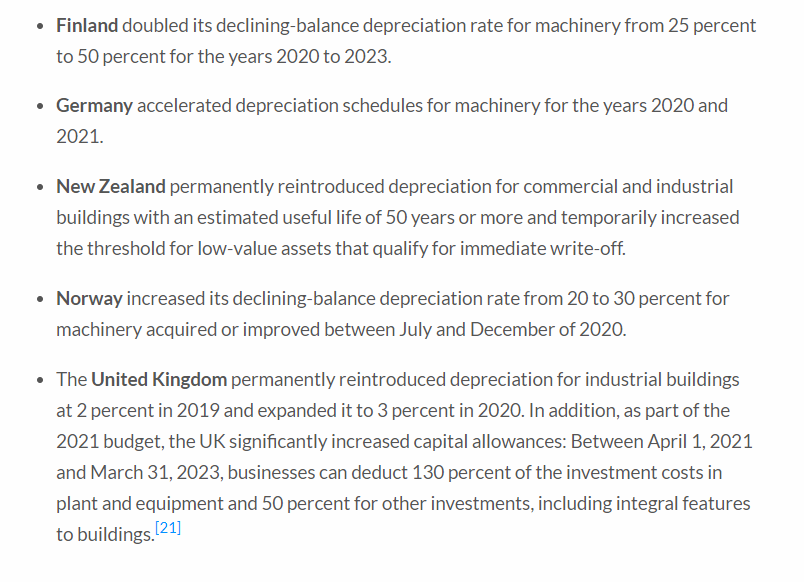
The government of Hartford County, Connecticut is in line to receive $173 million in local aid under the American Rescue Plan Act.
There’s only one problem: the government of Hartford County doesn’t exist.
buff.ly/3dle6rn @JaredWalczak
There’s only one problem: the government of Hartford County doesn’t exist.
buff.ly/3dle6rn @JaredWalczak
Nor do any of Connecticut’s other counties have county-level government despite being allocated a collective $691 million under the bill.
The traditional county lines are useful for certain purposes, like electing a few countywide officials, but there is no proper county government to receive, let alone spend, these funds.
.@JaredWalczak looks at similar issues in Alaska, Massachusetts, Rhode Island, Vermont, and other states.
All told, there’s nearly $2 billion to counties without governments or independent revenue streams, not even counting the $395 million to Massachusetts’ functional counties, which have very few expenditures.
Like states, local governments can only spend their Fiscal Recovery Funds on four categories of eligible expenditures: 

Collectively, local revenue was 𝘂𝗽 about $29 billion (4 percent) in 2020, largely due to increased property tax collections, yet the American Rescue Plan Act provides $130.2 billion to local governments, most of which have no losses to offset.
Many states will struggle to find eligible ways to spend the money and will often wind up spending vast sums on relatively unimportant projects simply because they have no higher eligible use.
In a few states, moreover, the federal government has allocated money to counties with no functioning governments at all.
Several may have no entity even capable of certifying for the funds, but others may be able to do so despite having no conventional functions to spend it on, or, in the case of Massachusetts’ functional counties, even though the aid vastly outstrips their budgets.
• • •
Missing some Tweet in this thread? You can try to
force a refresh











